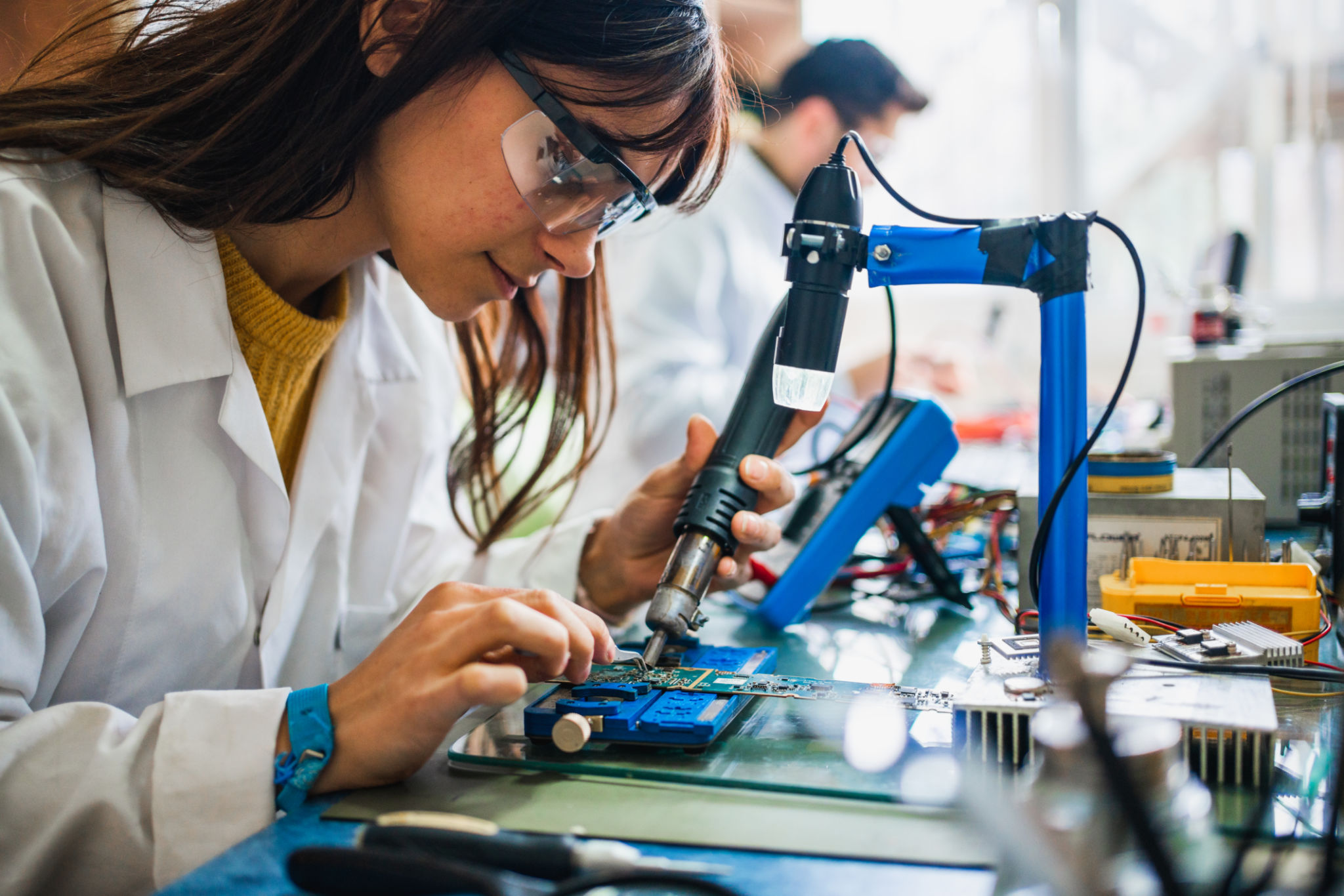Myth-Busting Mechanical Design Engineering: What Really Works
Understanding Mechanical Design Engineering
Mechanical design engineering is a field that often seems shrouded in mystery to those not directly involved. Common myths and misconceptions can cloud the understanding of what this profession truly entails. From the creative process to practical applications, there’s more to mechanical design engineering than meets the eye. Let's dive into what really works in this dynamic discipline.

Myth: Mechanical Design is All About Math and Physics
While math and physics are fundamental to mechanical design engineering, they are not the only skills at play. A successful mechanical engineer must also be creative and innovative, able to envision new solutions and designs that push the boundaries of current technology. Creativity in problem-solving and design aesthetics are equally vital, making mechanical design a perfect blend of art and science.
Moreover, communication skills are crucial for collaborating with teams and clients. Engineers need to articulate complex concepts clearly, ensuring that their innovative ideas come to life precisely as imagined. Thus, the profession requires a well-rounded skill set that extends beyond technical prowess.
Myth: Mechanical Design Engineers Work Alone
Contrary to popular belief, mechanical design engineers rarely work in isolation. They are often part of multidisciplinary teams, collaborating with electrical engineers, software developers, and project managers to create seamless products. This teamwork ensures that all aspects of a design are aligned and optimized for performance.

Interdisciplinary collaboration fosters a rich exchange of ideas, leading to more innovative solutions. The ability to work well in a team is essential for any mechanical engineer aiming to succeed in today's interconnected world.
Myth: Prototypes Are Obsolete Due to Simulation Software
With advancements in simulation software, some might believe that physical prototypes are no longer necessary. However, this is far from the truth. While simulations provide valuable insights and can save time during the initial design phases, they cannot replicate every real-world condition.
Physical prototypes remain crucial for testing and validating designs. They allow engineers to observe how a product performs under actual conditions, providing critical feedback that simulations may overlook. A balanced approach combining both simulations and prototyping leads to the most reliable and effective designs.

Myth: Innovation is Only for Cutting-Edge Technologies
Innovation in mechanical design engineering is not restricted to cutting-edge technologies or new inventions. It also involves improving existing designs to enhance efficiency, reduce costs, or improve user experience. Incremental innovations are just as valuable as groundbreaking discoveries in driving progress and meeting industry demands.
For instance, redesigning a component to use fewer materials or improve durability can significantly impact sustainability and cost-effectiveness. These small-scale innovations can lead to substantial benefits for both manufacturers and consumers.
The Reality of Mechanical Design Engineering
The field of mechanical design engineering is diverse, collaborative, and constantly evolving. By debunking these common myths, we gain a clearer understanding of what truly works in this fascinating domain. Whether you're an aspiring engineer or simply curious about the profession, appreciating the nuances of mechanical design can inspire a deeper appreciation for the engineered world around us.